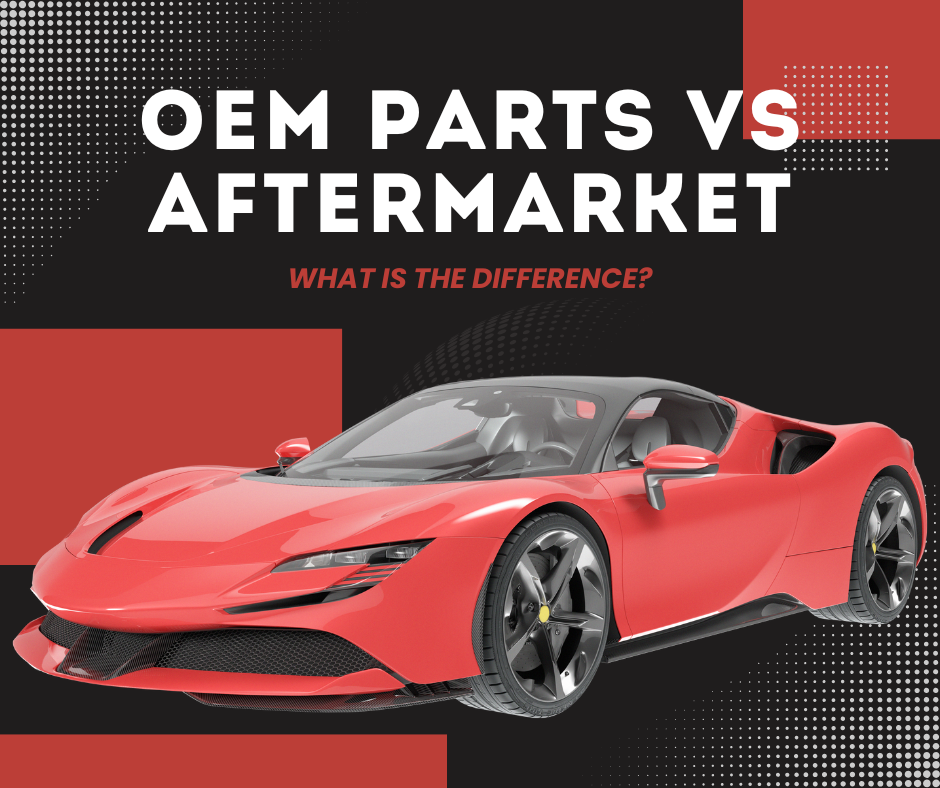As a receptionist at an auto body shop, I often hear customers say they want OEM parts instead of aftermarket ones for their vehicle. But what exactly is the difference between OEM and aftermarket parts? Why don’t insurance companies always cover OEM parts? And what can you do as a customer to ensure your vehicle gets OEM parts? Let’s break it down.
What Are OEM and Aftermarket Parts?
OEM stands for Original Equipment Manufacturer—meaning the part is made by the same company that built your vehicle. These parts are essentially identical to the ones originally installed in your car and are considered the highest quality replacements.
On the other hand, aftermarket parts are replacement parts made by companies other than the original manufacturer. These are sometimes referred to as “generic” parts and can vary in quality, fit, and durability.
Does Insurance Cover OEM Parts?
Most standard insurance policies do not automatically cover OEM parts. In the event of an accident, it’s unlikely your parts will be replaced with OEM unless you purchase an OEM endorsement from your insurance company.
The cost of this endorsement can vary based on factors like your vehicle’s year, make, model, and location—and it may significantly affect your premium. From my experience, insurance companies typically approve OEM parts for vehicles less than two years old. However, even if your car falls into this category, purchasing an OEM endorsement is still the best way to guarantee OEM parts are used.
OEM parts are generally more expensive than aftermarket alternatives, but they often offer better quality and durability. Aftermarket parts may save you money upfront but could cost more in the long run due to potential issues with fit or longevity. Additionally, using aftermarket parts may decrease your car’s resale value.
Who Decides Which Parts Are Used?
Body shops have no say in what type of parts are installed during repairs. Each shop receives an approved estimate from the insurance company specifying which parts can be used. If the shop does not follow this estimate, the insurance company may refuse to pay for the repairs.
If you’re okay with aftermarket parts, there’s nothing to worry about. But if you want to ensure your vehicle receives OEM parts, you must purchase the endorsement. While it may raise your insurance premium, having the peace of mind that your car is repaired with manufacturer-quality parts is worth it in the long run.
When choosing an insurance policy, take the time to ask about OEM coverage options. It’s always better to be prepared than to be surprised when it comes time for repairs.
– Jen

